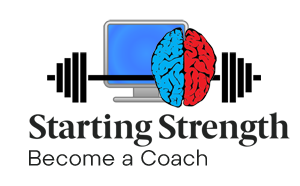I love reading these articles. They never fail to provide a new way to look at a familiar problem.
From reading the books, and the myriad posts on this board, I knew that shoving my knees out would better enable me to squat more effectively. When the weight gets heavy, I find it difficult to keep my knees shoved out on the way down. However, I find it even more difficult on the way up if I didn't keep my knees shoved out on the way down.
The bourbon has me rambling, but the gist is this article reinforces the necessity of keeping your knees shoved out while squatting.
Thanks for the additional insight,
Sean








 Reply With Quote
Reply With Quote

